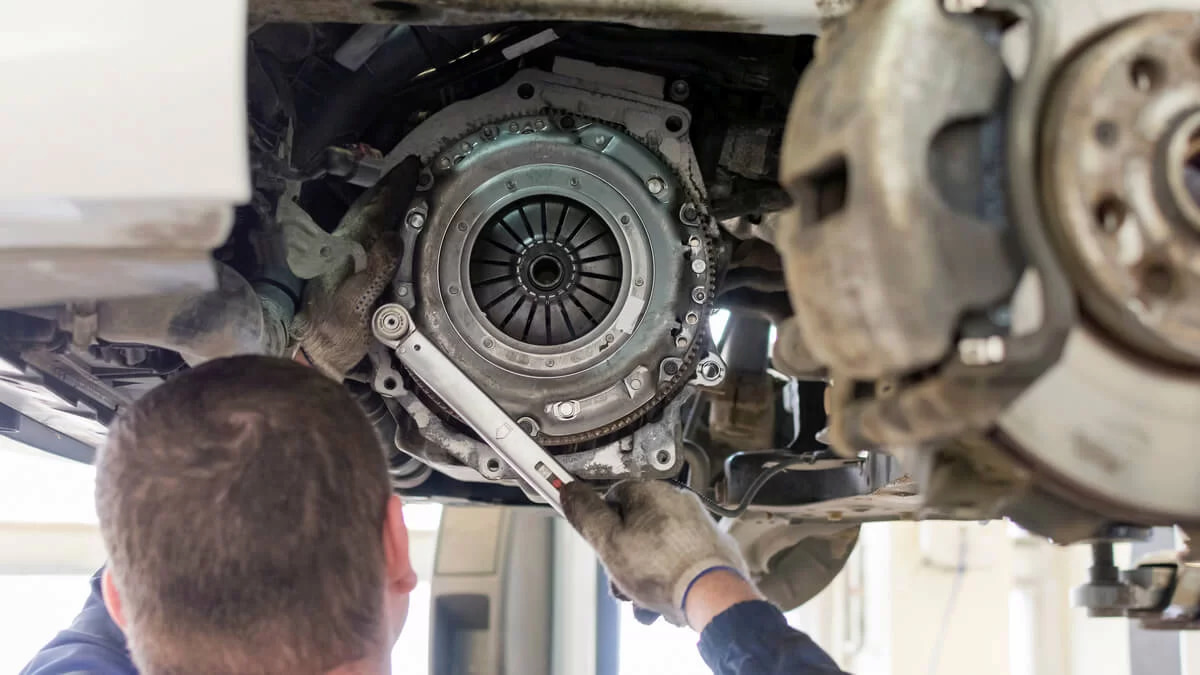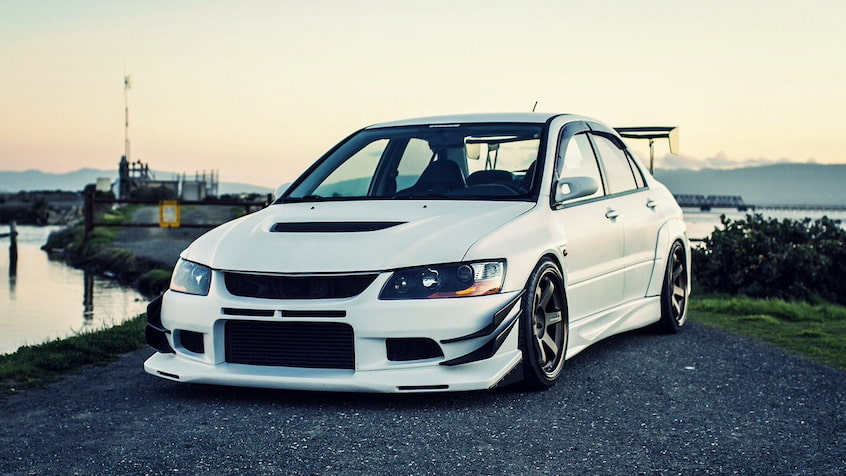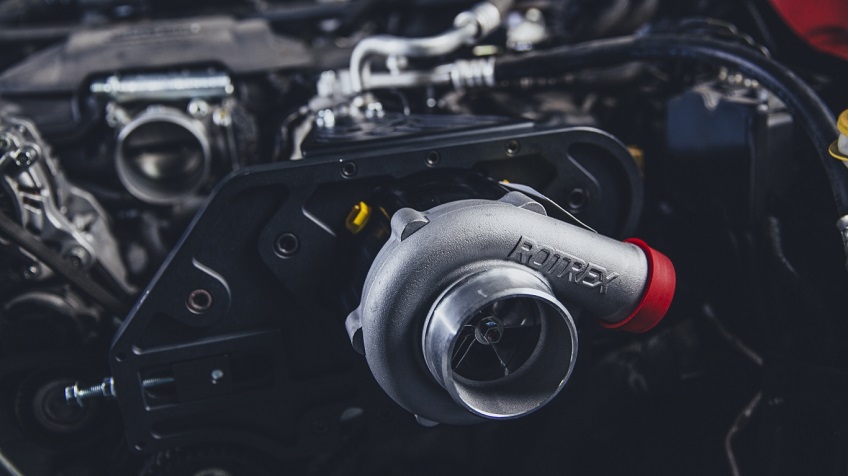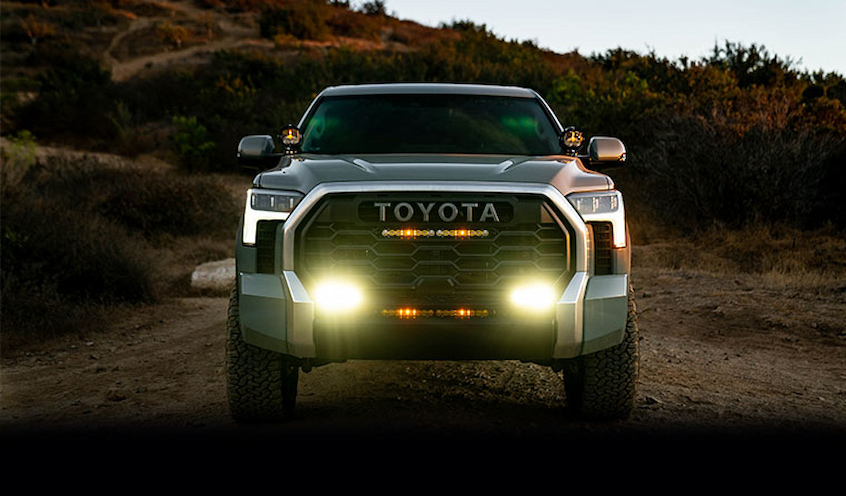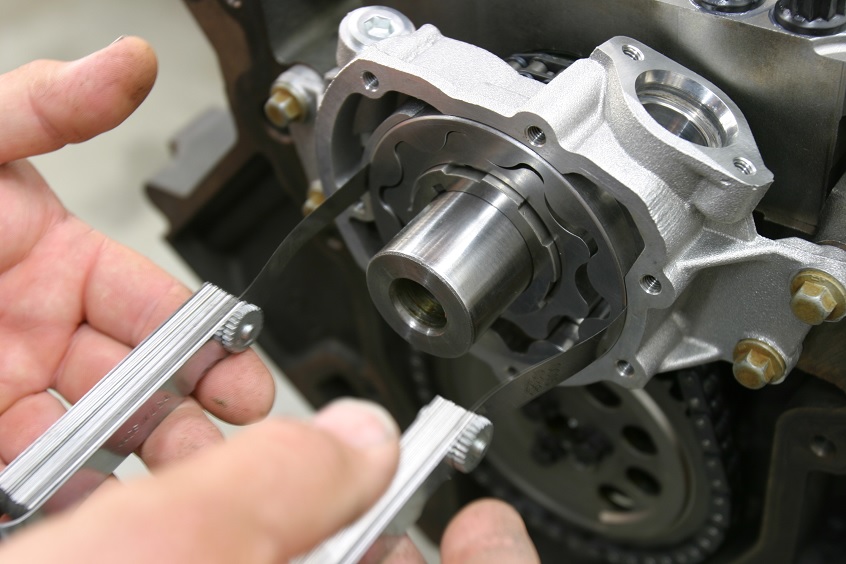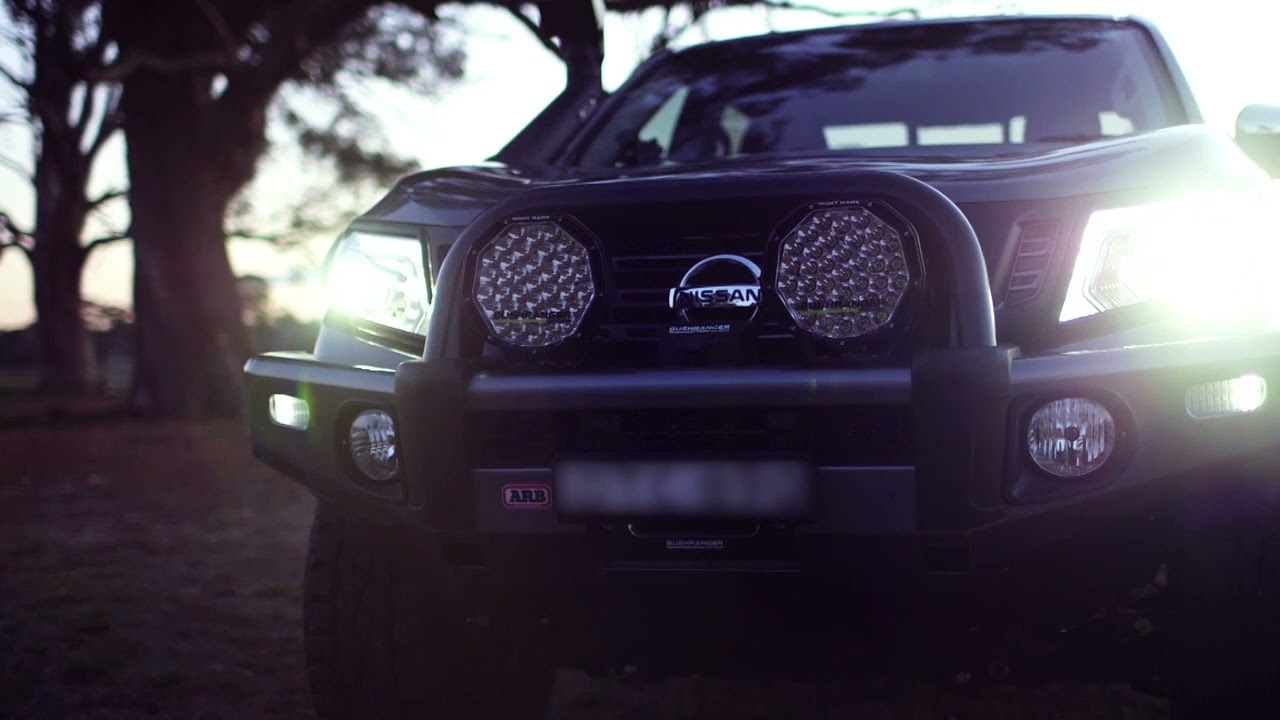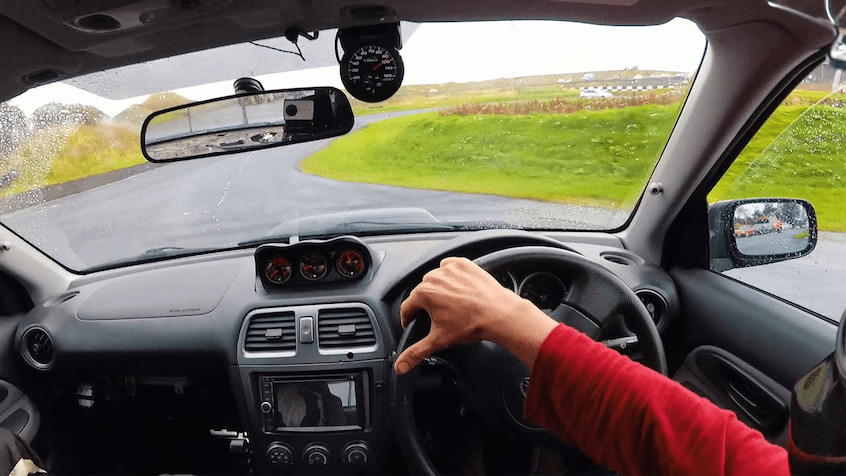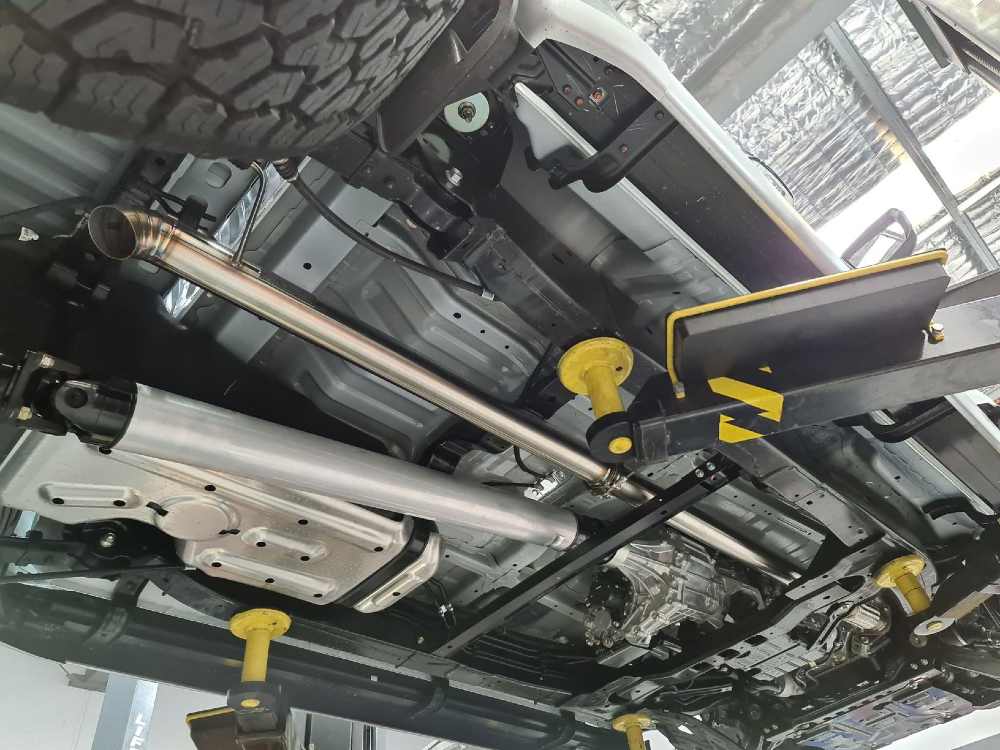Pups on the Go: A Pet Owner’s Guide to Dog Proofing Their Car
Most pet owners dream of going on a calming and leisurely drive with their beloved pup by their side. There's nothing quite like taking on the road with your four-legged companion, offering some much-needed reprieve from the hustle and bustle of everyday life.



